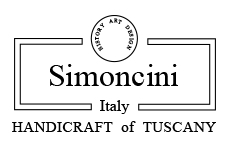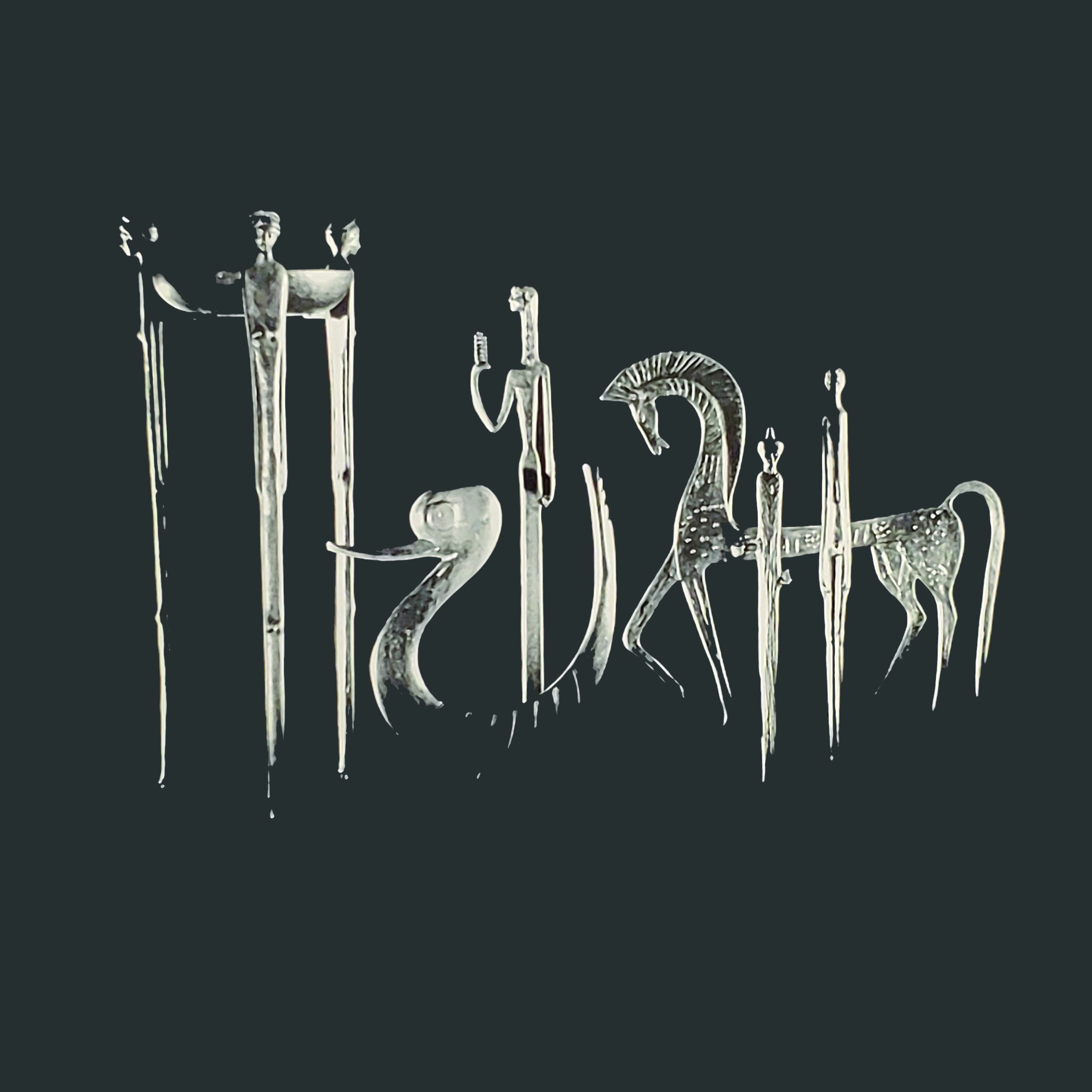Copper alloys are alloys composed of several different elements, ductile and malleable materials such as copper, tin, zinc, lead and others. Each with a combination of properties for a specific application, called bronze alloy or brass alloy.
The reproductions of art in fusion are realized with the following working techniques:
FUSION WITH BRACKET
The castings are made manually by artisan method, through moulds with consistent models, inserted in coupled metal brackets is pressed the refractory earth obtaining the negative shape of the objects to be reproduced. Then the objects are removed and the molten metal contained in a crucible is poured into the hollows that have formed.
This type of fusion is mainly used with models without sub-quadra.
LOST WAX CASTING
A wax cone is applied to the models created directly with wax or obtained from casts, which is used for the introduction of molten metal. The shape thus obtained is coated and filled in the cavities with refractory material, then it is dried slowly and then heated to the point of liquefying and spilling the wax casting the molten metal.
BRAZING
The strong brazing for copper alloys with silver, copper and zinc based alloys, allows you to connect metal parts at temperatures lower than the melting temperatures, allowing you to keep intact the parts to be joined.
CHISELING
The metallic reproductions obtained by the bracket casting in refractory earth or lost wax are retouched to remove any defects, imperfections or other; this work is called chiseling. In the chiseling the hammer used is unique, with two heads: a small hemispherical and the other large, flat, slightly convex. From one hammer to another varies the weight and therefore the size according to the work to be performed. To carry out the work are essential special irons called chisels, not easily found on the market with the exception of the most common, therefore they are made from rods or squares of tempered steel.
FINISHING
The finishing of the metal is made with files of various shapes, emery paper, steel brushes and grinders. Different types of brushes and pastes are used to treat the outside of the product.
PATINATION
Coating is a technique that allows a surface to acquire a cover. The patina is a protective layer of brown, copper green and a widespread variety of other colors that is done manually with anticant and oxidant processes.














